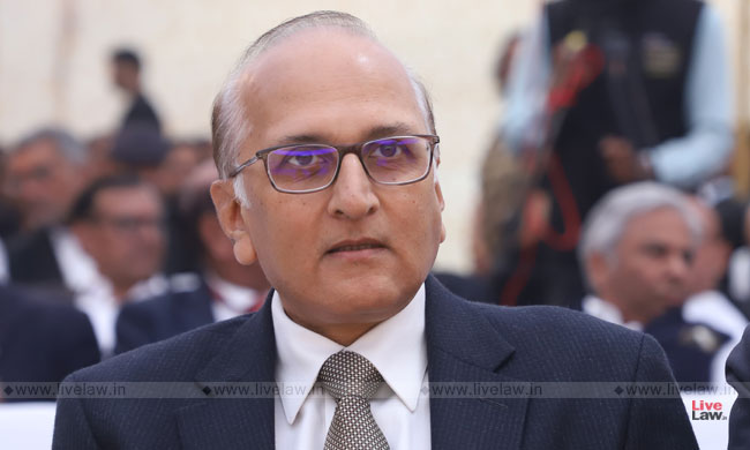Reservations Have Acted As a Form of Social Engineering to Address Centuries of Oppression and Discrimination: Justice Ravindra Bhat
LIVELAW NEWS NETWORK
8 Dec 2020 9:43 AM IST

"Reservations have acted as a form of social engineering to address centuries of oppression, extreme inequities in the distribution of educational opportunity"
Next Story


